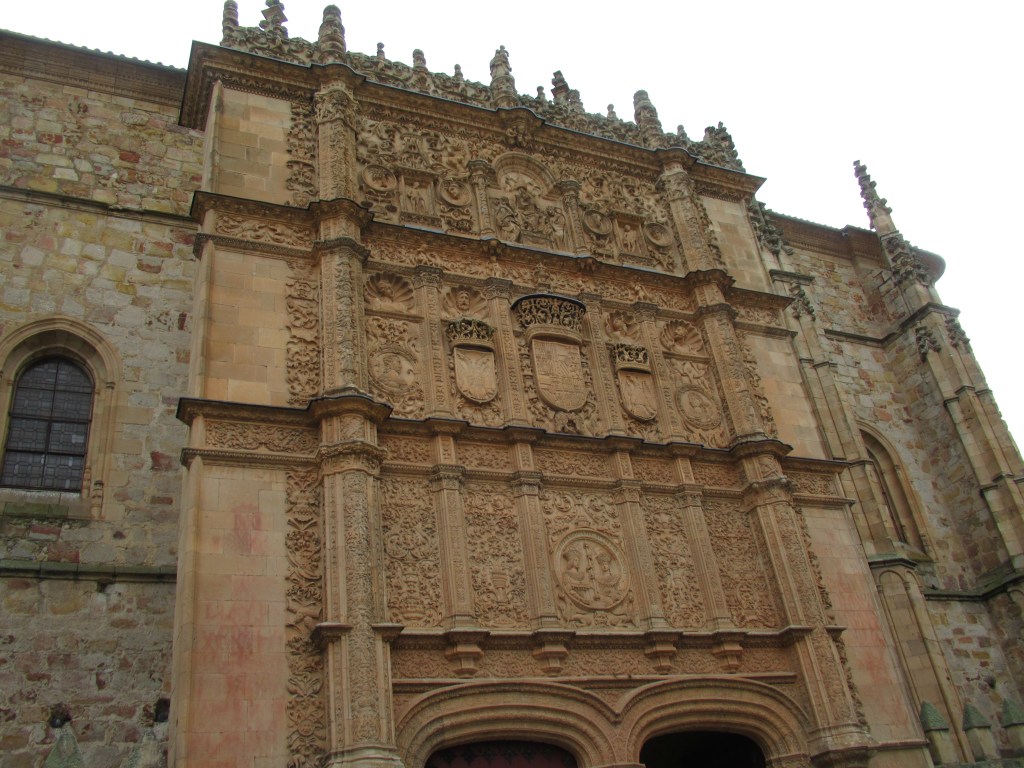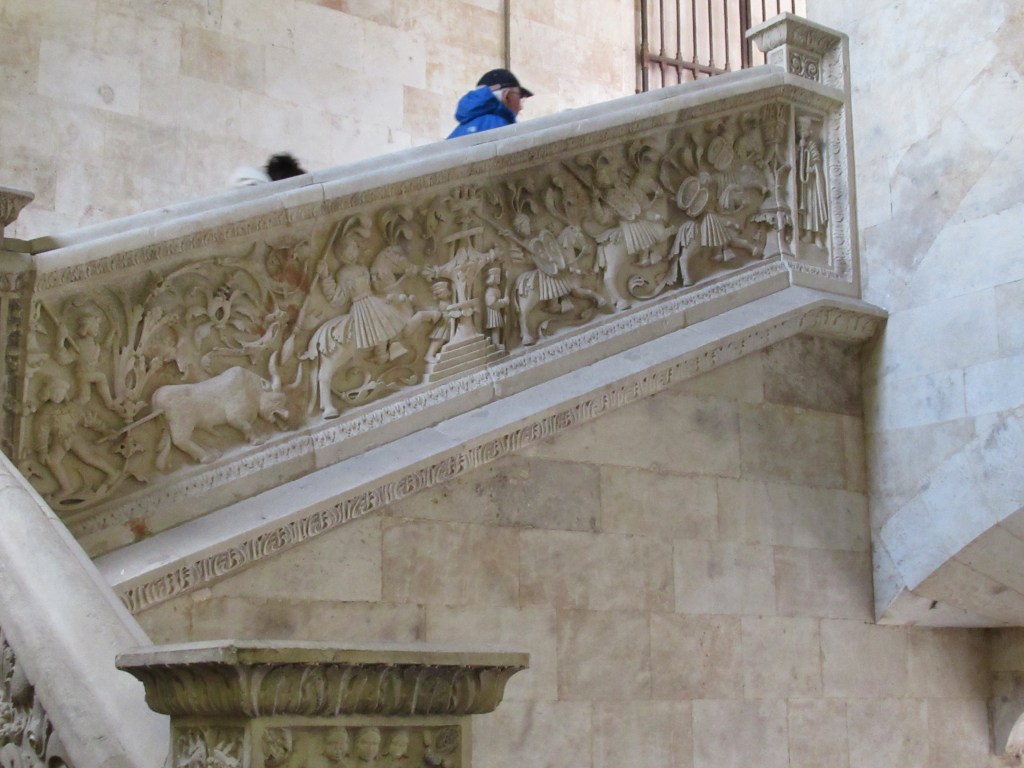
I have alway loved education and dreamed of going to college from the time I was about ten years old. I have happily pursued that dream in many different places. Years ago, I attended classes at the Sorbonne University in Paris, France. At the time, I learned that the Sorbonne was one of the first established universities in the world. Founded between 1160 and 1250, it is certainly among the oldest in Europe. However, since the university suspended operation during the French revolution and the upheaval following, the Sorbonne is not the longest-running university in Europe.
In fact, the title for ‘oldest university’ is in dispute, partly because there are different interpretations of what constitutes a university. Currently, a university is considered to be an institute of higher learning offering degrees in multiple, diverse programs. The word ‘university’ comes from the Latin phrase, universitas magistrorum et scholarium ” meaning community of masters and scholars’. By that definition we would have to consider the scholars of ancient Greece, China, and the Middle East as constituting ‘universities,’ and predating anything else in Europe, Asia, or Africa.
Perhaps it is the idea of continuous operation that determines which university is oldest. However even with this definition, we still have multiple contenders for the title. Most often, the University of Bologna in Italy, founded in 1088 with a focus in law studies is listed as the first. However, nearly 200 years earlier, the university of Al-Quarawiynn was begun in Morocco. The founder was a woman named Fatima al-Fihri, and the center offered differing degrees in varying subjects. Both of these institutions are still in existence.

Recently I visited Salamanca University, founded in 1134, and receiving a royal charter in 1218. This institution legitimately lays claim to the title ‘oldest University in Spain.’ Among the many famous and infamous students are Christopher Columbus, Hernando Cortez, Miguel de Cervantes, and the first Grand Inquisitor of Spain, Tomás de Torquemada.
However, de Alava’s message to 16th century viewers was probably quite different. What we call a frog is more likely a toad, which was a symbol of female sexuality. The creature is perched on a skull, symbolizing death. The message to the medieval (male) students was clear: Don’t dally with women and give in to carnal lusts or you are doomed.

Regardless of the university’s title or its former students, the buildings housing the University of Salamanca are breathtakingly beautiful. Staircase banisters are made of elaborately carved stone. The library, one of the oldest in Europe, is a scholar’s dream. I visited on a rain-soaked day in late fall. Standing under dripping umbrellas, my companions and I found the legendary stone frog perches on a stone skull near the entryway. The elaborate work of this entry was designed by Juan de Alava and completed in the 16th century. According to the current legend, any students who cannot find the frog are bound to fail in their studies.
In the end, it doesn’t really matter which university is oldest, first, or longest running. The University of Salamanca is certainly on my list of great places for learning.


Great story! I would have never have figured out the frog meaning. Beautiful place.
LikeLike